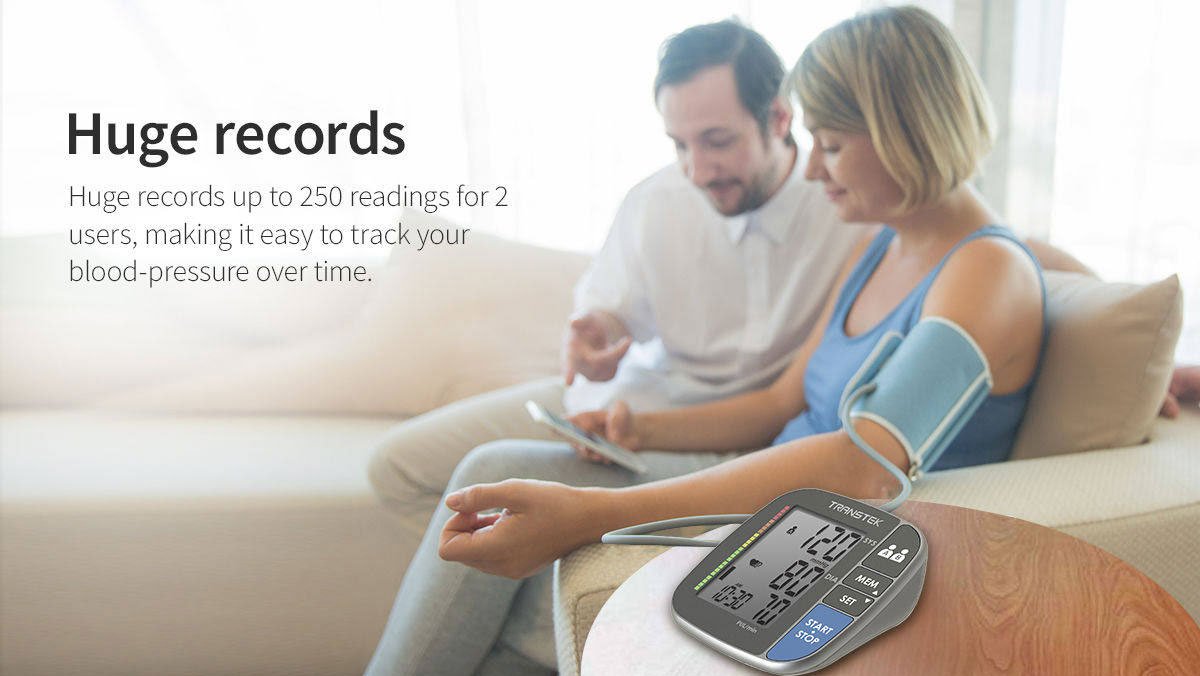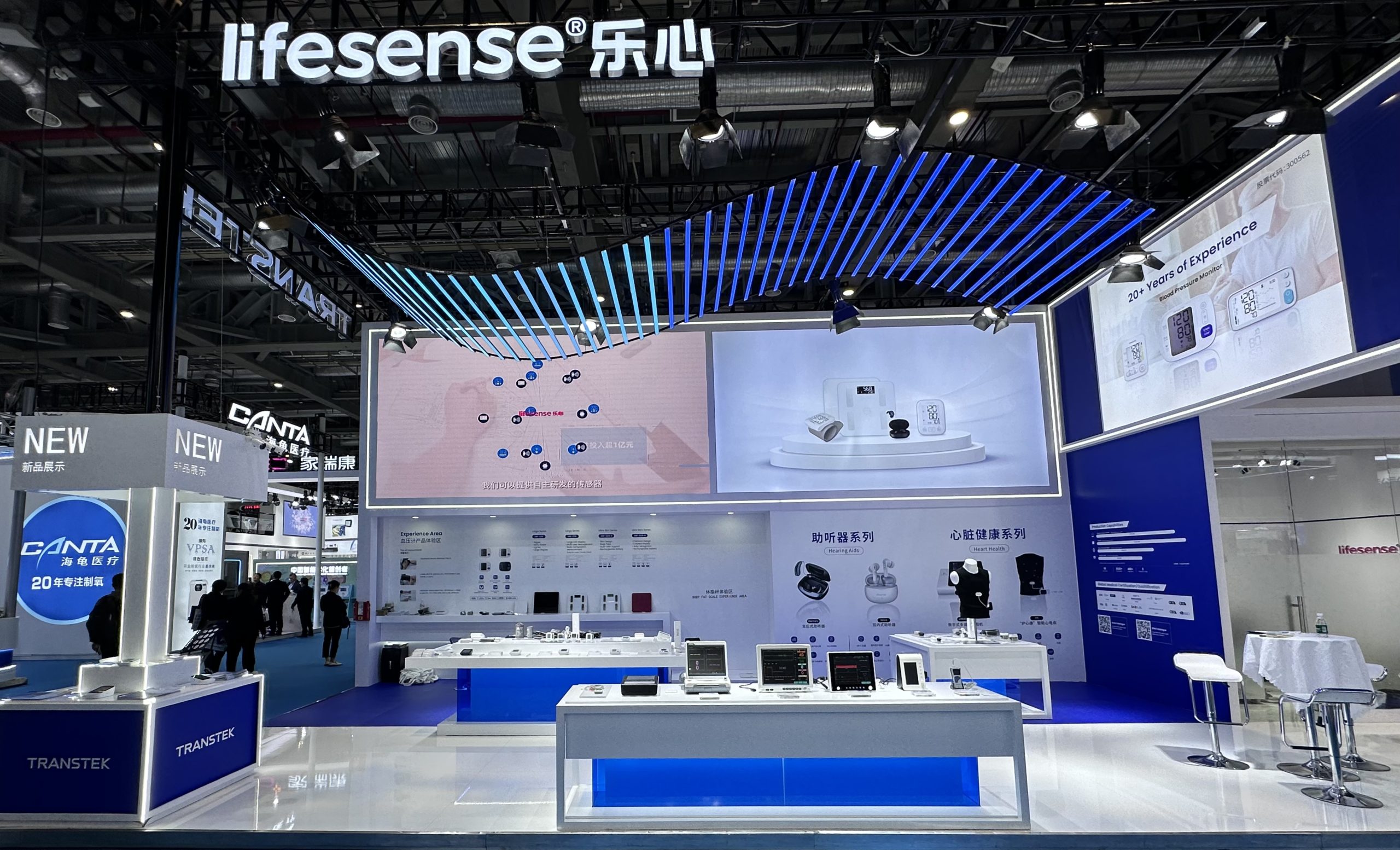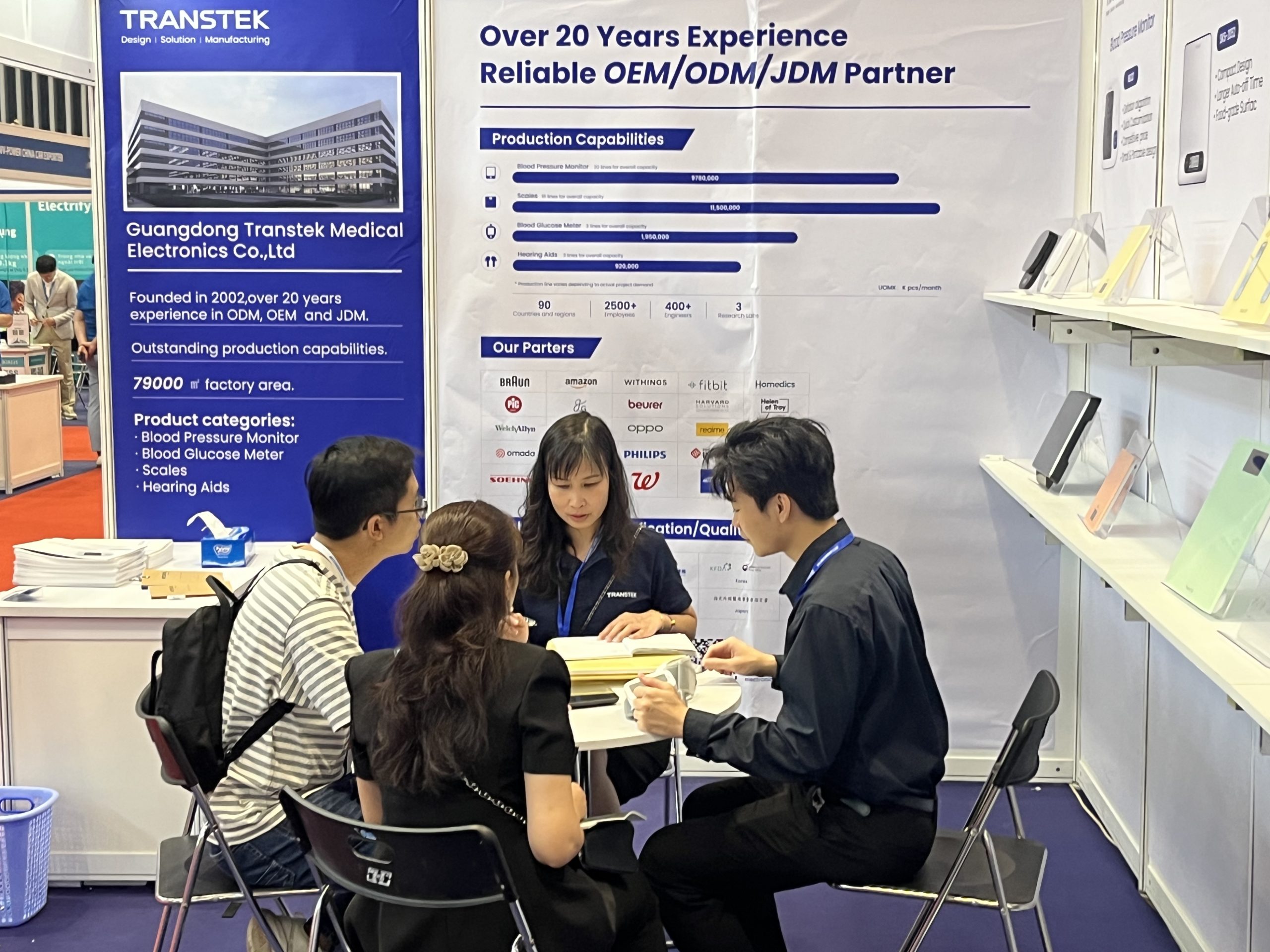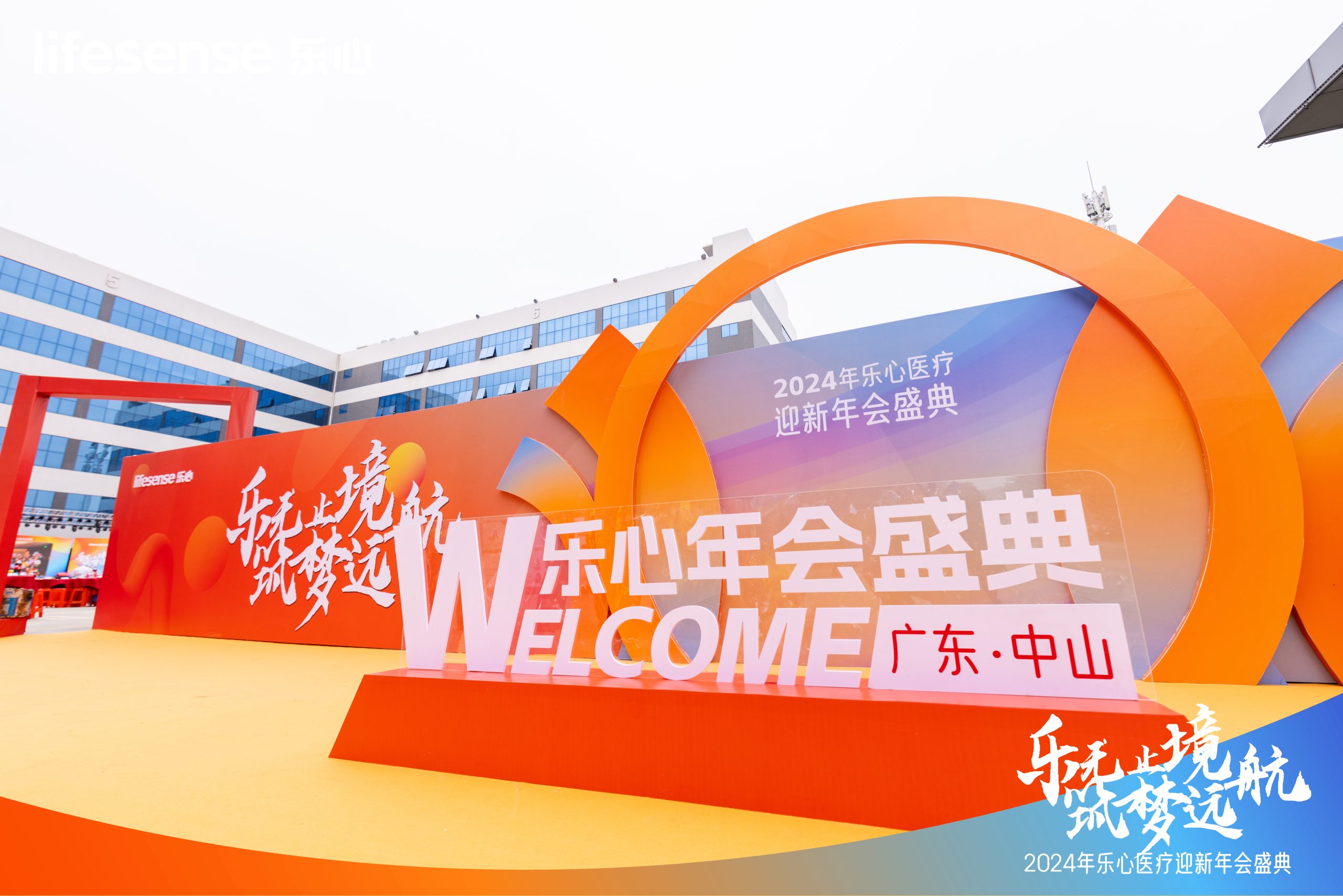In today’s fast-paced world, keeping an eye on your health is more crucial than ever. Monitoring your blood pressure is a fundamental aspect of maintaining good health. However, simply owning a monitor is not enough. To ensure accurate readings, you must know how to calibrate blood pressure monitor. In this comprehensive guide, we will walk you through the process of calibrating your monitor step by step.
Understanding the Importance of Calibration
Calibrate your blood pressure monitor is crucial because it ensures that the readings you receive are accurate and reliable. Without proper calibration, you may make incorrect health-related decisions based on erroneous data. Therefore, it is essential to follow the calibration process correctly.
athering Your Equipment
Before you begin, gather the necessary equipment:
- Your monitor
- A reliable reference monitor or cuff
- A quiet and well-lit room
- A comfortable chair
- A pen and paper
Step 1: Setting Up Your Monitor
Follow the manufacturer’s instructions to set up your monitor. Ensure that the batteries are fresh or the device is adequately charged. Place the monitor on a stable surface at eye level.
Step 2: Selecting the Right Environment
Choose a quiet room where you can focus without distractions. Ensure the room is well-lit, as this will help you read the monitor’s display clearly.
Step 3: Preparing Yourself
Sit comfortably in the chair and relax for at least 5 minutes before taking a reading. Keep your back straight, feet flat on the floor, and your arm at heart level.
Step 4: Taking the Initial Reading
Wrap the cuff around your arm, following the manufacturer’s instructions. Start the monitor and take your first reading.
Step 5: Comparing with a Known Standard
After taking your initial reading, compare it to the readings from a reliable reference monitor or cuff. If there is a significant difference, your monitor may require calibration.
Step 6: Adjusting Your Monitor
Follow your monitor’s user manual to adjust its settings if necessary. Some monitors have built-in calibration features, while others may require manual adjustment.
Step 7: Retesting for Accuracy
After making adjustments, take another reading and compare it to the reference monitor’s readings. Continue this process until your monitor provides consistent and accurate results.
Step 8: Maintaining Your Monitor
Regularly check your monitor for wear and tear. Keep it clean and store it in a safe place to ensure its longevity and accuracy.
Step 9: Common Calibration Issues
Explore some common issues related to monitor calibration, such as sensor problems, cuff size, and irregular heartbeat detection.
Blood Pressure Number and What They Means:
Your blood pressure is recorded as two numbers:
- Systolic blood pressure (the first number) – indicates how much pressure your blood is exerting against your artery walls when the heart beats.
- Diastolic blood pressure (the second number) – indicates how much pressure your blood is exerting against your artery walls while the heart is resting between beats.
Why Blood Pressure is measured in mm Hg:
The abbreviation mm Hg means millimeters of mercury. Mercury was used in the first accurate pressure gauges and is still used in medicine today as the standard unit of measurement for pressure.
When choosing a blood pressure monitor, consider:
Cuff size: Having a properly fitting cuff is important. Cuffs that fit poorly won’t give accurate blood pressure measurements. Ask your health care provider what cuff size you need.
Display: The display that shows blood pressure measurements should be clear and easy to read.
Cost: Prices vary. Ask your health insurance provider if your policy covers the cost of a home blood pressure monitor
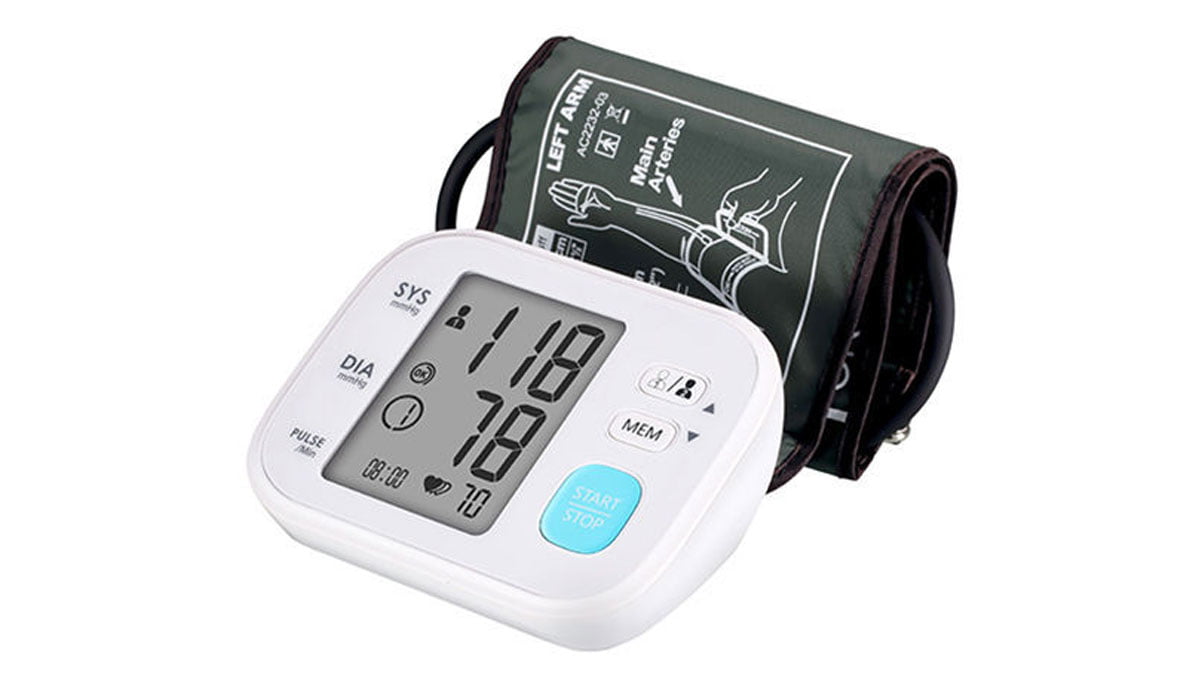
Benefits Of a Home Blood Pressure Monitor:
Regular monitoring of your blood pressure can help you identify high blood pressure or hypertension early on, allowing you to take necessary steps to manage and control it. Having the ability to monitor your blood pressure can give you a greater sense of control over your health. It can also allow you to step away from stressful situations, as you can be aware of your blood pressure levels. This allows individuals to be more in control of the lifestyle decisions they make, and many individuals report motivation to improve diet, physical activity, and take medication regularly due to this.
Benefits Of an Office Blood Pressure Monitor:
Having a blood pressure monitor at the office can help raise awareness about the importance of monitoring blood pressure and managing hypertension. This can encourage employees to take proactive steps to manage their health and lead a healthier lifestyle. It can cause fatigue, headaches, and difficulty concentrating, which can negatively impact productivity at work. By managing blood pressure and improving overall health, employees may be able to perform better and be more productive at work. Many employees having health problem such as heart disease, stroke, and kidney failure. By detecting and managing high blood pressure early on, employees can reduce their risk of developing these conditions and improve their overall health outcomes.

Conclusion
Introducing the state-of-the-art blood pressure monitors from our TRANSTEK MEDICAL We are proud to offer a cutting-edge device that is easy to use, accurate, and reliable. Our blood pressure monitor features a large, clear display that makes it easy to read your blood pressure measurements, and it has a comfortable cuff that fits most arm sizes. The device is designed to be user-friendly, with simple buttons that allow you to start and stop readings with ease. One of the standout features of our blood pressure monitor is its accuracy. It uses advanced technology to provide precise readings, so you can be confident in the results. Additionally, the device has a memory function that allows you to store your readings and track your progress over time. We understand that monitoring your blood pressure can be a crucial part of managing your health, and that’s why we have designed our blood pressure monitor to be reliable and durable .we are committed to providing high-quality products and excellent customer service. We stand behind our monitor and are confident that it will meet your needs and exceed your expectations. Order yours today and take the first step towards better health!
Frequently Asked Questions (FAQs)
1. What is blood pressure monitor calibration?
Calibration is the process of adjusting and verifying the accuracy of your blood pressure monitor to ensure it provides reliable readings.
2. How often should I calibrate my blood pressure monitor?
It is recommended to calibrate your monitor every six months or whenever you notice discrepancies in readings.
3. Can I calibrate my blood pressure monitor at home?
Yes, you can calibrate your blood pressure monitor at home by following the steps outlined in this guide.
4. Are there professional calibration services available?
Some healthcare facilities offer professional calibration services for blood pressure monitors. Check with your local healthcare provider for more information.
5. Why is it essential to calibrate my blood pressure monitor?
Calibration ensures that your monitor provides accurate readings, allowing you to make informed decisions about your health.

